Looking back at the First Intifada
The first intifada, or uprising, began in December 1987 and ended in September 1993 with the signing of the first Oslo Accords, which provided a framework for Israeli 'peace negotiations' with the Palestinians.
The failure of that accord is visible for all to see today.
In the First Intifada, Israeli brutality was abundantly demonstrated. Palestinians suffered casualties at a ratio of more than three to one.
One departure from previous norms was the order from the official military command to break the bones of protesters. The tactic was exposed in famous footage broadcast on mainstream news networks the world over.
Israeli Colonel Yehuda Meir was tried for his part in these crimes. He blamed the then Defense Minister, Yitzhak Rabin, who gave orders in January 1988 to break the bones of protesters as punishment.
Rabin claimed it was 'only to bring them under control'. Either way, Rabin's orders had gone out via the Israeli press where he was quoted saying "We will break their bones". Meir admitted ordering beatings, but then said "I feel like they abandoned me and threw me to the dogs".
He reportedly began to cry minutes later and asked for a recess. Though eventually found guilty of brutality, the highest-ranking Israeli soldier convicted on that charge, avoided prison and was only stripped of his rank and discharged as a private.
A second departure was the use of undercover death squads in Gaza and the West Bank, codenamed Shimshon and Duvdevan, Officially known as Unit 367 and Unit 217. Operating in Arab dress in the period until 1992, they executed more than 100 Palestinians. Unit 367 was later disbanded, but Unit 217 remains active in the West Bank.
The start of the Intifada was the ninth of December 1987. Just like October 7 this year, the conflict did not begin then. The proximate causes were intensified ethnic cleansing, land expropriation, and settlement construction.
Increasing Zionist repression led to the emergence of a new layer of Palestinian activists who challenged the leadership of the PLO.
We should not forget the striking images of the October seventh Al-Aqsa flood operation where Palestinian guerrillas used hang gliders to infiltrate the northern border and kill six occupation force operatives on the 25th of November 1987.
The guerrillas were immortalized in many Palestinian posters and images produced in commemoration. The hang gliding attack was planned and executed by the Popular Front for the Liberation of Palestine, (PFLP) which is one of the key groups involved in the Al-Aqsa flood operation in Gaza.
A key difference between then and now is today's unity whereby all the major factions collaborate closely in armed actions against the occupation.
VIDEO | Press TV's news headlines
Zelensky allies flee to Israel as $100-million graft scandal erupts: Probe
VIDEO | Protests across US against war with Venezuela
VIDEO | UK academics discuss rising tide of Islamophobic violence
VIDEO | Expanding ties: Iran's FM message to Tunisia
VIDEO | New Delhi-Moscow ties deepens despite Western pressure
VIDEO | Israel prevents Glaucoma patients from leaving Gaza
‘No to Zionist tourism’: Italian ports see rising backlash against Israeli tourism amid Gaza war



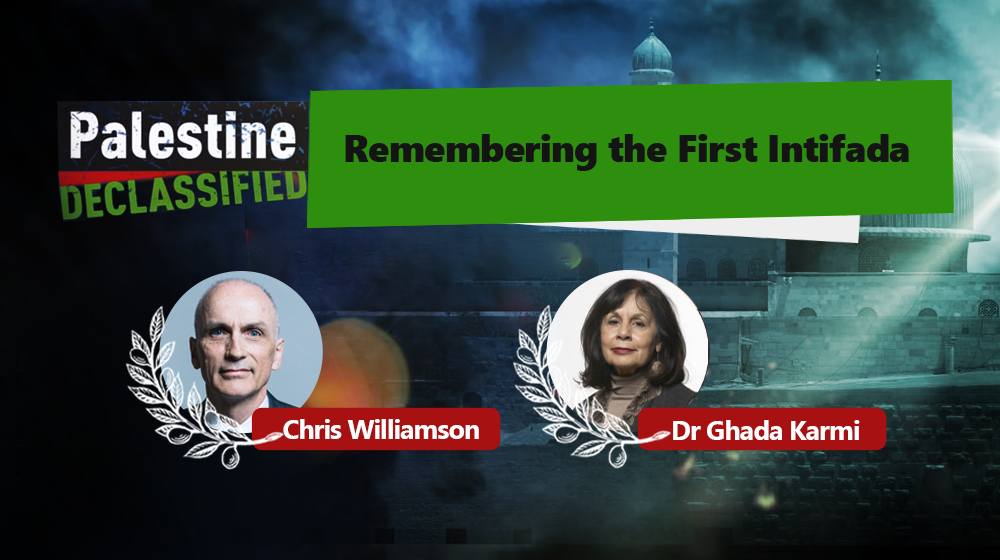
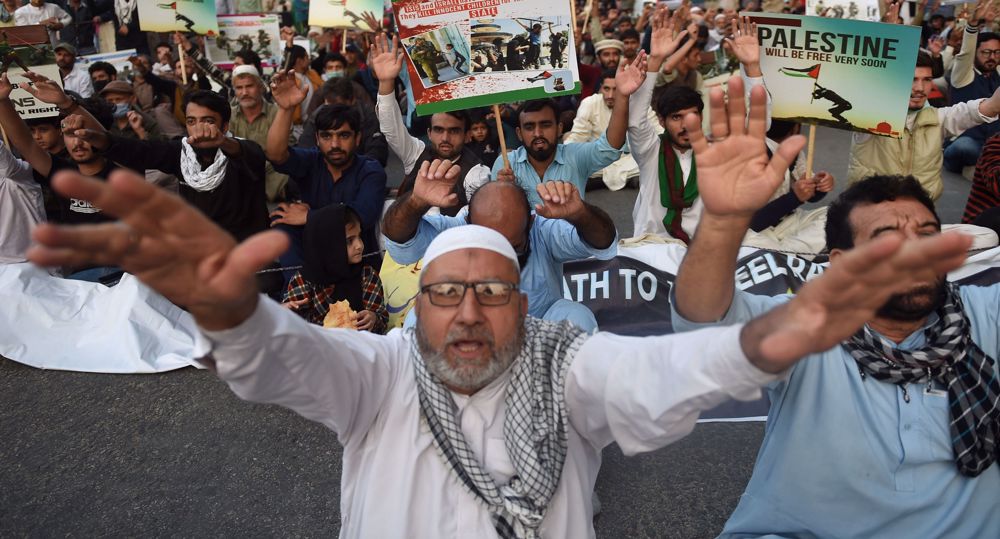
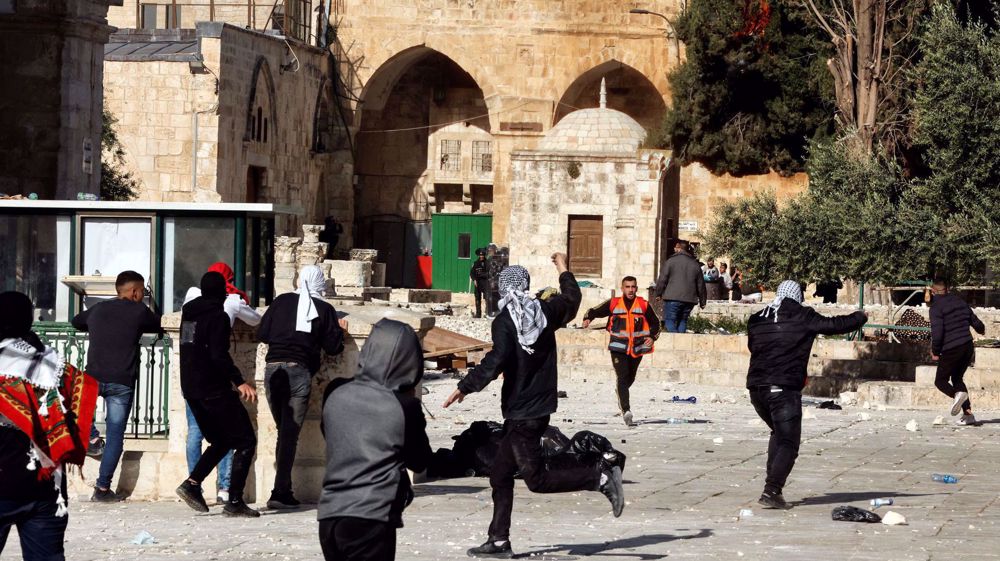






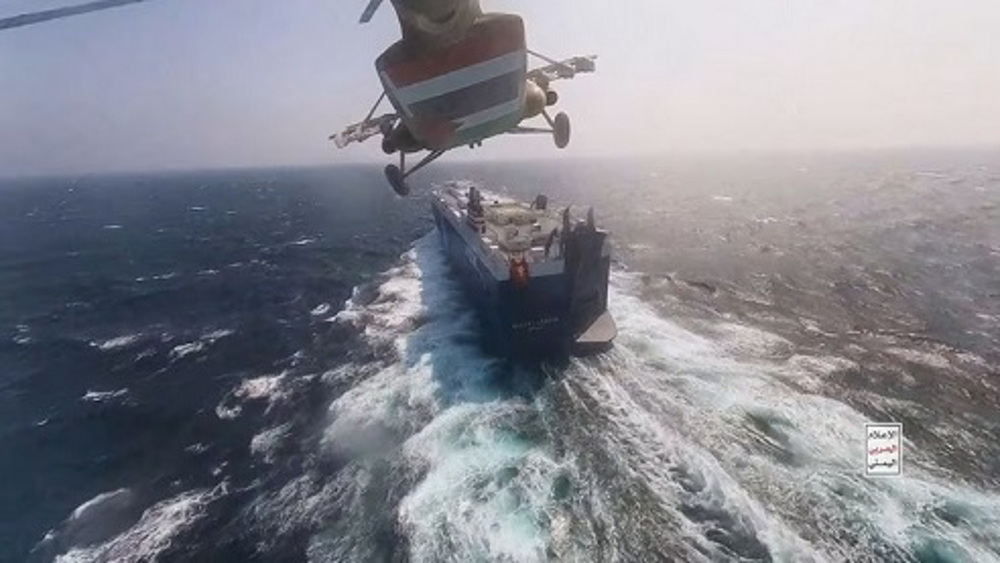
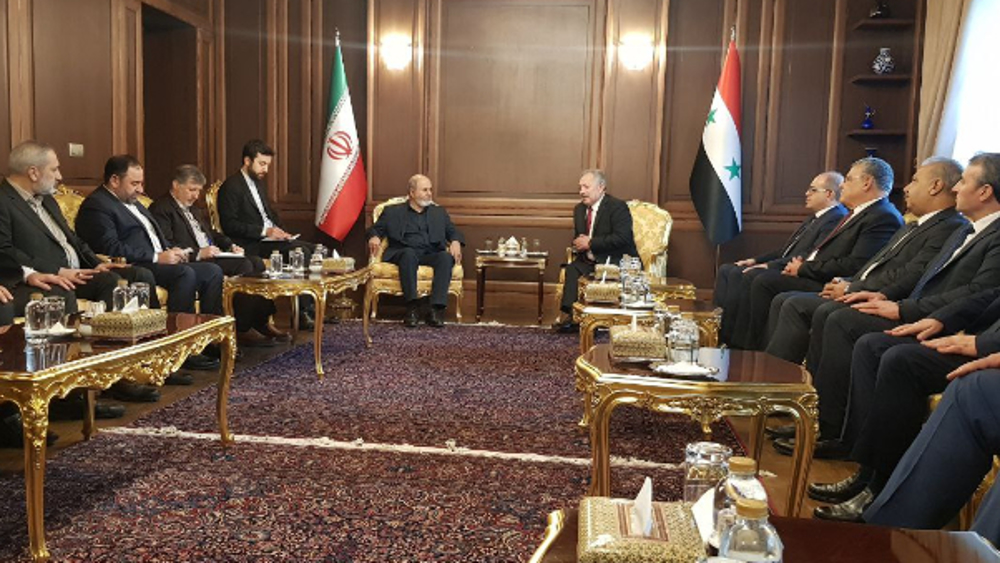

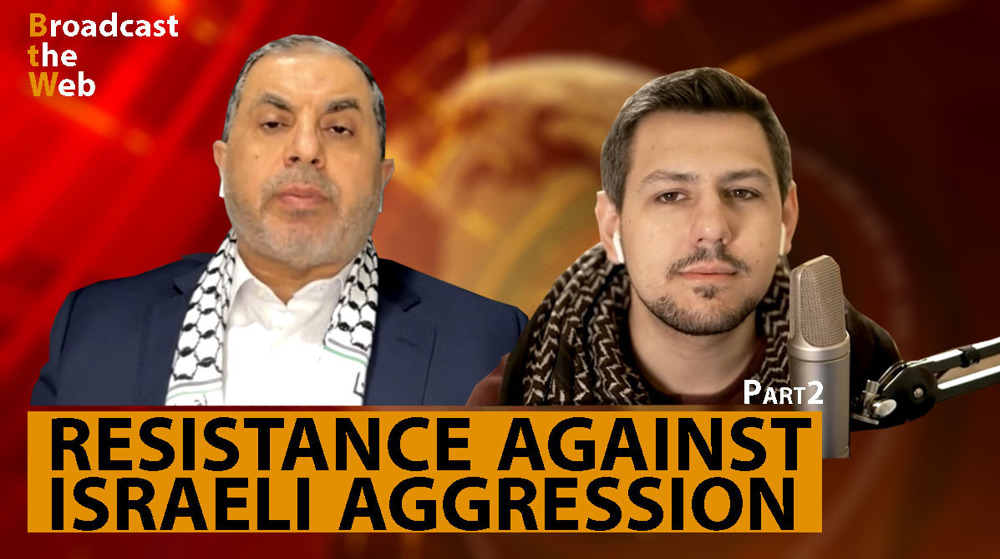

 This makes it easy to access the Press TV website
This makes it easy to access the Press TV website